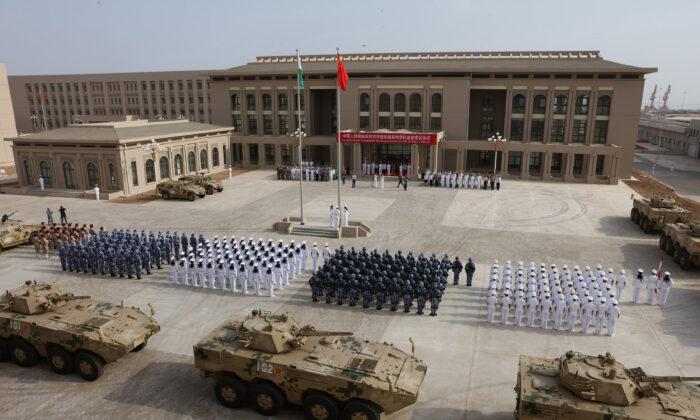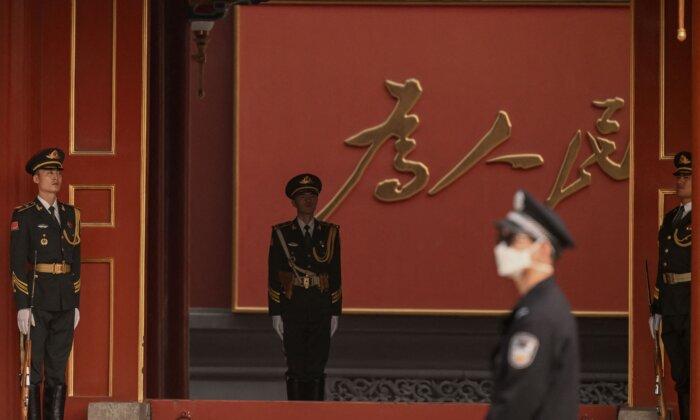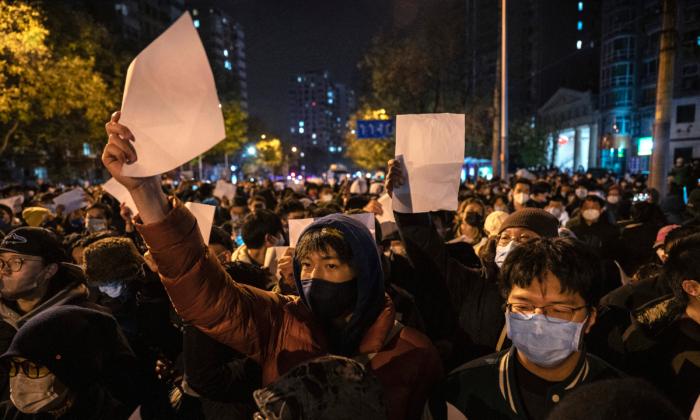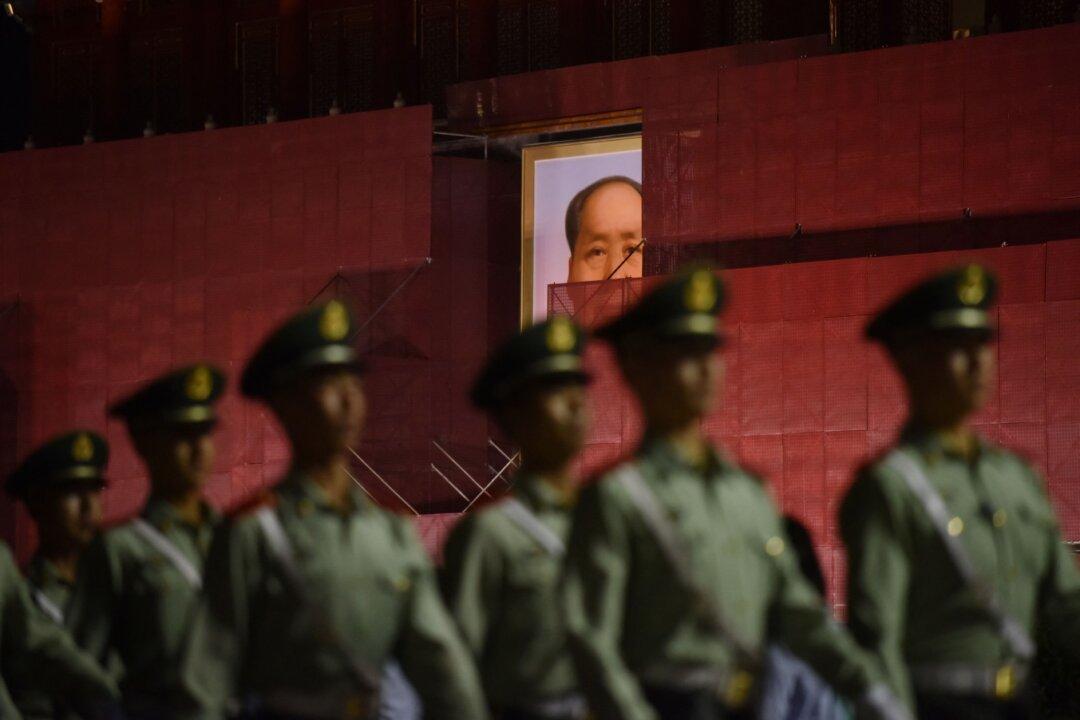President Joe Biden’s remarks about the U.S. commitment to Taiwan is an opportune time to consider a fundamental issue: when will the Chinese regime use force against U.S. interests?
There is a long history of first strike and preemption in Chinese military history. Chinese strategic thought is critical for understanding when China will launch a surprise attack against its enemies.
The Search for Strategic Advantage
First, the opportunities the Chinese have will have been made possible by their perception of strategic advantage. The Chinese leadership’s perception of the opportunity they or the enemy has created is essential to understand. Sensitivity to perceptions of strategic opportunity is a central tenet of Chinese strategic thought. The attack may be kinetic, as was the case in Chinese history, or non-kinetic, such as with cyberattacks or an electromagnetic pulse (EMP).Perception About the Likelihood of an Attack
Second, Chinese military thought reveals that surprise attacks are well-considered and seen as viable and common strategies. The most important theorist is Sunzi, who identified “deception in warfare” as the epitome of success and the acme of measuring the quality of the general.The Historical Evidence
The historical evidence contains examples where the Chinese have executed attacks. There were nine cases of first strikes by the People’s Liberation Army (PLA) from 1950 to 1988.In 1950, China conquered Tibet, and the Chinese planned a war of annihilation against United Nations forces. But logistical difficulties in the face of U.N. airpower hindered the ability of the PLA to wage a war of annihilation and became a war of attrition.
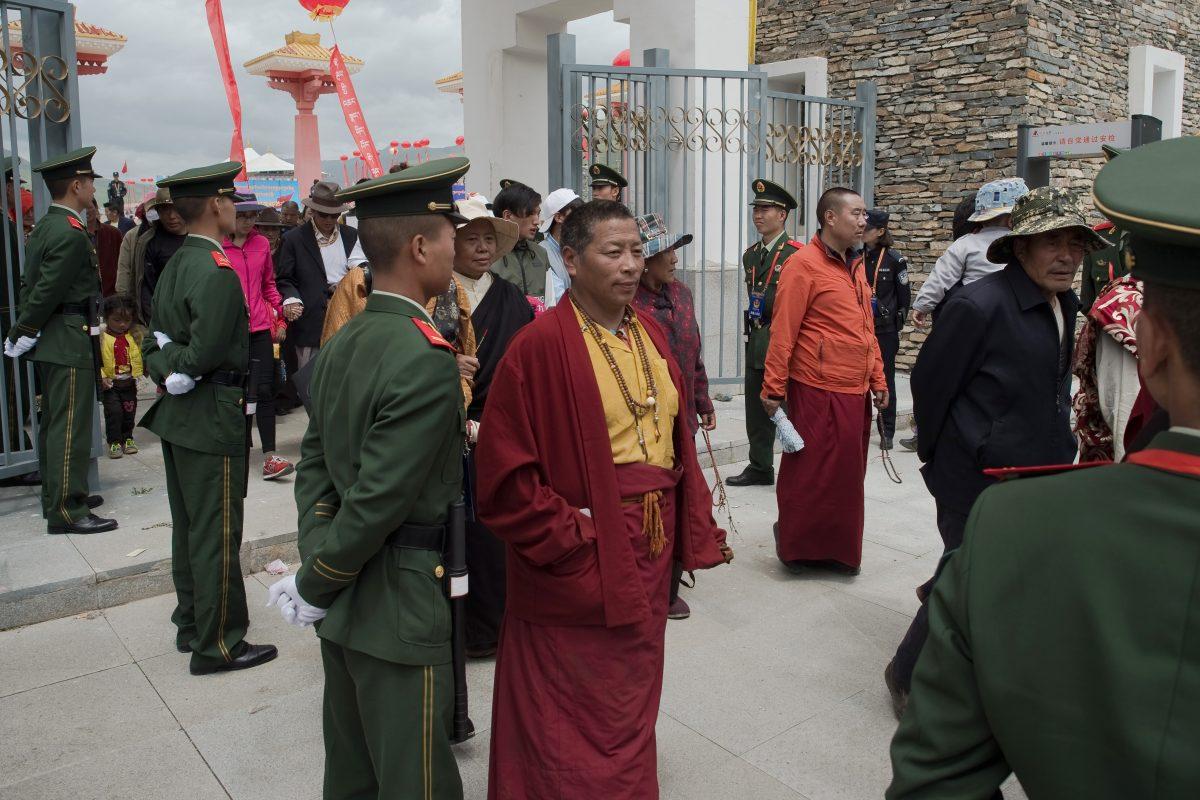
In 1962, China attacked India. The first strike was supremely successful and led to the devastation of the Indian army.
The PLA preemptively deployed about 40,000 troops in Laos from 1964 to 1972 to deter the U.S. ground intervention in that country.
As with Laos, the PLA deployed about 60,000 troops in North Vietnam from 1965 to 1968.
The border disputes with the Soviet Union in 1968 and 1969 involved a Chinese first strike against Soviet forces. In the most famous of these attacks, the Chinese attack killed approximately 70 Soviet border troops. The Soviets responded with overwhelming force that forced China from the island.
In January 1974, the PLA attacked and occupied the Paracel (Xisha) Islands of South Vietnam. China attacked Vietnam in 1979 in another attempt at annihilation, the objective was to conquer Hanoi, but Vietnamese resistance was stronger than anticipated. In 1988, China attacked the Vietnamese presence on Johnson Island in the Spratly Islands group and, as a result of their victory, defeated a significant Vietnamese presence in the Spratly Islands group and killed almost 70 Vietnamese troops.
Five Lessons for the Protection of US Interests in the Indo-Pacific
There are five lessons that the United States should heed to protect its interests from China.First, Chinese strategic thought advocates and places greater emphasis on surprise and first strike than does Western strategic thought.
Second, Americans and Europeans give greater discount to the success of surprise attack strategies and the risks inherent in them due to an appreciation of Clausewitzian “fog of war,” friction in military operations, and the risks of escalation. An understanding of each is present in American-European thought but absent in Chinese. The fact that the Chinese lack an understanding of the significance of the risks associated with these strategies significantly heightens crisis instability problems.
Third, in the course of their military history, and accounting for the relative stability faced by China in contrast to the West, the Chinese launched first strikes more often than European states. Non-kinetic options available to China and other advanced militaries make first strike and preemption more likely as they potentially lower the costs of doing so and introduce the possibility of the inability to attribute the attack. The Chinese are likely to execute first strikes and engage in preemption to advance their interests or when they perceive their interests to be threatened.
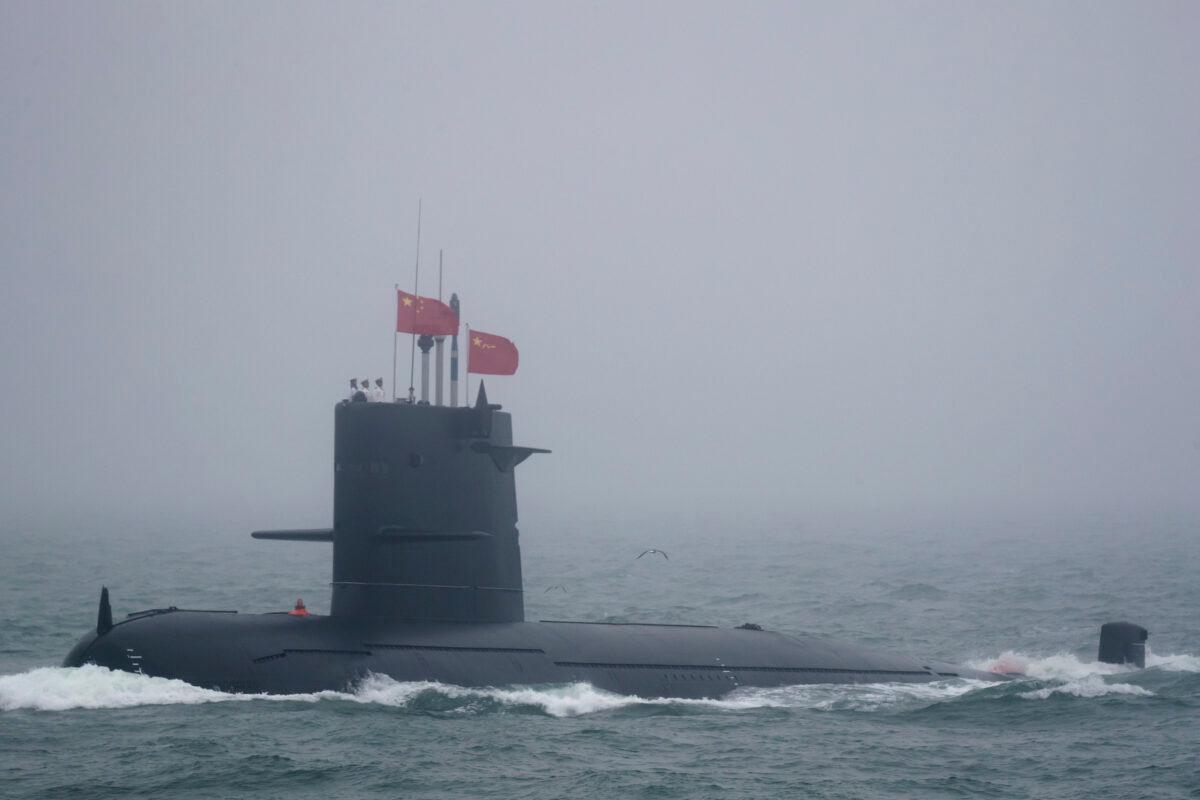
Fourth, the Chinese possess a significant difference from the European or American conception of preemption and war in that they have a conception of pedagogical war. The strategic essence of which is to attack to execute a limited campaign aims to “teach a lesson” to the enemy. That is, the application of coercive military power against the state to cause it to accept Chinese demands or interests.
Beware China’s Hair Trigger—Particularly in Pre-Crisis Situations
Two consequences result from China’s strategic conception that are immediately relevant to Taiwan and other U.S. interests. First, China may execute an attack under the guise of a “pedagogical strike” against U.S. interests. Second, timing is notable.The historical evidence of its aggression shows that China will jump through windows of opportunity to attack states as opportunities arise for Beijing. In sum, the Chinese leadership has a hair trigger. It is critical to recognize that this hair trigger might be pulled in pre-crisis situations, in which U.S. decision-makers would not expect Chinese action or even be cognizant that they were on the cusp of crisis.
